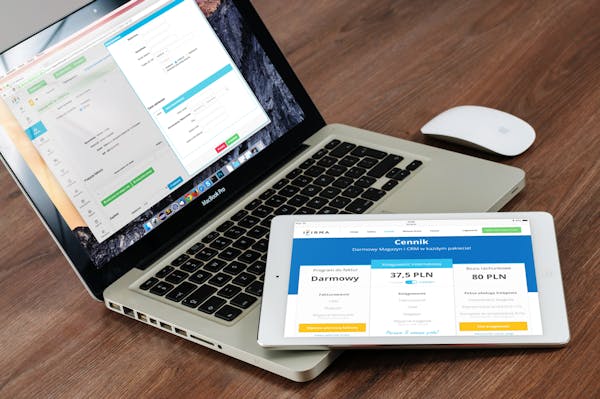
Busted! Fix “Error Domain 429” in 5 Easy Steps
Have you ever encountered the cryptic “Error Domain 429” message while browsing the internet? This seemingly innocuous error code can leave you frustrated and confused, hindering your ability to access desired websites. Fear not, for this informative guide will equip you with the knowledge to effectively troubleshoot and resolve Error Domain 429.
Understanding the Error: What Does “Error Domain 429” Mean?
The “Error Domain 429” code falls under the category of HTTP status codes, a standardized system of communication between web servers and clients (your web browser). In this specific case, the number “429” signifies a Too Many Requests error. This essentially means that you, or more likely your device’s IP address, has bombarded a website with too many requests in a short period.
There are several reasons why this might occur:
- Overzealous Automation: Certain programs or browser extensions that automatically refresh pages or scrape data can trigger this error by sending excessive requests.
- DDoS Attack Mitigation: Websites often implement safeguards to prevent denial-of-service (DDoS) attacks. If your activity is flagged as suspicious, resembling a DDoS attempt, you might encounter a 429 error.
- Aggressive Web Scraping: If you’re using a web scraping tool that sends a high volume of requests in rapid succession, the website might interpret it as a malicious attempt and respond with a 429 error.
Effective Troubleshooting Techniques to Address Error Domain 429

Now that you understand the nature of the error, let’s delve into practical solutions to get you back on track:
1. Patience is Key: In most cases, the simplest solution is to wait for a while before attempting to access the website again. The 429 error typically signifies a temporary overload, and the server will automatically reset after a predetermined timeframe. Take a short break, grab a cup of coffee, and try revisiting the website after 15-30 minutes.
2. Scrutinize Browser Extensions: If the error persists, consider disabling any browser extensions that might be making excessive requests on your behalf. Extensions for automatic page refresh, data scraping, or aggressive ad blocking can sometimes lead to 429 errors. Temporarily disable them one by one and see if the issue resolves.
3. Clear Your Browser Cache: Your browser accumulates cached data over time, which can sometimes lead to conflicts. Clearing your browser cache can help resolve the error. The specific steps for clearing the cache vary depending on your browser, but it’s a straightforward process typically found within the browser settings.
4. Check for Conflicting IP Address: If you’re using a public Wi-Fi network, it’s possible that another user on the same network might have triggered the 429 error. Try connecting to a different network or using your mobile data to see if the issue persists.
5. Contact Website Support: If none of the above solutions work, consider contacting the website’s support team directly. Explain the error you encountered and provide details like the time of occurrence and the specific webpage you were trying to access. They might be able to provide further assistance or troubleshoot the issue on their end.
Preventing Error Domain 429: Proactive Measures
While encountering a 429 error can be frustrating, there are steps you can take to minimize the chances of it happening again:
- Respect Website Usage Policies: Most websites have terms of service outlining acceptable usage practices. Avoid any actions that could be construed as excessive scraping or automated requests that violate these policies.
- Utilize Website APIs: If you require data from a website programmatically, consider using their official API (Application Programming Interface) if available. APIs provide a structured way to access website data without overwhelming the server with uncontrolled requests.
- Employ Responsible Scraping Tools: If web scraping is essential for your needs, use a reputable scraping tool that allows for configurable delays between requests. This ensures you don’t bombard the website server and helps prevent triggering a 429 error.
Conclusion: Conquering Error Domain 429 with Confidence
By understanding the root cause of Error Domain 429 and employing the troubleshooting techniques outlined above, you’ll be well-equipped to navigate this error effectively. Remember, a little patience and a proactive approach can go a long way in ensuring a smooth and uninterrupted browsing experience.
Additional Tips:
- Be mindful of your browsing habits. Avoid repeatedly refreshing a webpage in quick succession, as this can mimic excessive requests.
- If you manage a website yourself, consider implementing a user-friendly CAPTCHA (Completely Automated Public Turing test to tell Computers and Humans Apart) system to differentiate between legitimate users and bots.
